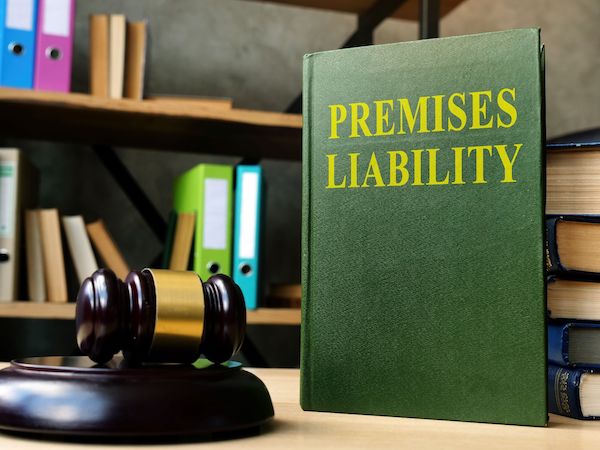Proving Liability: Essential Elements Of A Premises Liability Case

For those navigating such incidents, partnering with a premises liability lawyer can make a significant difference in understanding and pursuing the claim. They possess the expertise to guide victims and property owners alike through the intricacies of the law, including proving liability.
This article explores the essential elements of a premises liability case. Read on to learn more.
1. Duty Of Care
One fundamental element of a premises liability case is the 'duty of care,’ pertaining to the responsibility of an owner or occupier to ensure the safety of visitors. In simpler terms, it means that property owners are obligated to keep their premises in a condition that’s reasonably safe for others.However, the specific duty owed by property owners can differ based on the classification of the visitor. The classifications include:
- Invitees: These individuals enter the property for mutual benefit, often for business purposes. Owners owe the highest duty of care to invitees.
- Licensees: These are social guests or individuals who enter the property for their own purposes but with the owner's permission. Owners are expected to warn licensees of any non-obvious dangers they’re aware of to avoid liability.
- Trespassers: These are individuals who enter the premises without permission. Property owners generally owe no duty to adult trespassers except to refrain from willful harm.
By getting familiar with this classification, you'll understand a person's rights when entering a property based on their status.
2. Breach Of Duty
Another element of a premises liability case is a breach of duty. It occurs when a property owner or occupier fails to maintain their duty of care. Take, for instance, a store owner who is aware of a slippery floor. If they fail to address the hazard or warn customers about it, such negligence is considered a breach of their duty of care.To demonstrate a breach of duty, it's best to work with a legal professional like a slip and fall lawyer to procure evidence such as photographs, witness testimonies, or even expert opinions that highlight the hazardous condition and the owner's negligence in addressing it.
3. Causation
For a successful premises liability claim, it's not enough to prove that there was a hazardous condition. It must also be shown that the breach directly caused the injury. This means linking the property’s unsafe condition to the accident. For instance, if you trip over a loose floorboard, it must be established that the floorboard's condition was the direct cause of the fall and subsequent injury.While some cases are straightforward, such as tripping over a visibly torn carpet, others can be more complex. This complexity arises especially when multiple factors come into play, contributing to the injury.
4. Actual Harm Or Damage
The mere presence of a hazard or even a near-accident is insufficient. The victim must have suffered actual harm. This could range from physical injuries like broken bones to emotional distress or financial hardships due to medical bills or lost wages.To quantify the harm, it's important to secure evidence such as accurate records, medical bills, and testimonies from healthcare professionals, which is instrumental in showcasing the extent of damages and, consequently, the compensation warranted.
Other Factors Affecting Liability In A Premise Liability Case
In addition to the essential elements of a premises liability case mentioned above, other factors could affect liability. These include:- Foreseeability Of Harm: When proving liability, it's also important to determine if the property owner could have reasonably foreseen the harm. The owner might not be held liable if a hazard was so obscure or unpredictable that no reasonable person could anticipate an injury from it. To determine foreseeability, past incidents, the prominence of the hazard, and whether a reasonable person would have identified and addressed the risk are key considerations.
- Defenses In Premise Liability Cases: Property owners have several defenses at their disposal to challenge their liability. Some jurisdictions, for instance, might reduce or negate compensation if the injured party is partly at fault, a concept known as comparative or contributory negligence. Additionally, owners can assert their ignorance of the hazard, argue that they took reasonable measures to rectify it, or claim the victim was the primary cause of the incident.
These are some factors that could influence liability in a premises liability case. In these situations, hiring a legal professional to navigate these situations more effectively is essential.
Final Thoughts
Premises liability cases revolve around the delicate balance of responsibilities between property owners and visitors. Understanding these core elements is instrumental for any victim considering a claim. Additionally, expert legal guidance can be invaluable, given the complexities involved. The burden of proof lies heavily on the victim, making it essential to be well-informed and adequately represented.Do You Need An Attorney?
If so, post a short summary of your legal needs to our site and let attorneys submit applications to fulfill those needs. No time wasted, no hassle, no confusion, no cost.

